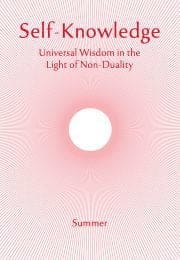Realise Your Centre
Our body and mind function in the world of time, but the roots of our being are in eternity. We seem to be limited, but there is something in us which is not at all limited, and which is at the root of our being.
Hari Prasad Shastri
The seeming truth about human nature is that of transiency, and that our normal life-span leads to a decline, and an eventual end of our stay in this world of time, space and causation. A similar transiency applies to our environment. Even our sun is transient, and in about four billion years’ time, it will cease to be life-sustaining.
Yet compensating for this material diagnosis is the belief that we are not just physical beings endowed with minds, but that there is something in us that is superior to both mind and matter. For those endowed with conventional faith, when life ends, that which is everlasting in us returns to its true home. One’s individualised existence is held to persist in a refined form, alongside—and other than—the Being that is worshipped.
The non-dual teaching goes further than this co-existence with the divine with which the devotee is rewarded after the completion of this life. It proclaims the highest truth to be that our innermost Self is at all times identical with the Supreme Reality. It is as if the ultimate Being, itself the All without a limit and undivided, has unaccountably taken on the limitations, qualities and divisions that we interpret as the universe. Yet this projection of the world is finally known to have been an illusion, not a real transformation. The process, and the reason for it, is inexplicable. But whatever appears has that Supreme Reality as its Self—its sine qua non, its essence. So this Self, in spite of the multitude of appearances, ever remains non-dual, one in all, though there is ultimately no ‘all’ that differs from its perfect being.
Subscribe or enrol for free guest access to read all of this article and Self-Knowledge online.
Already subscribed or enrolled? Log in:


